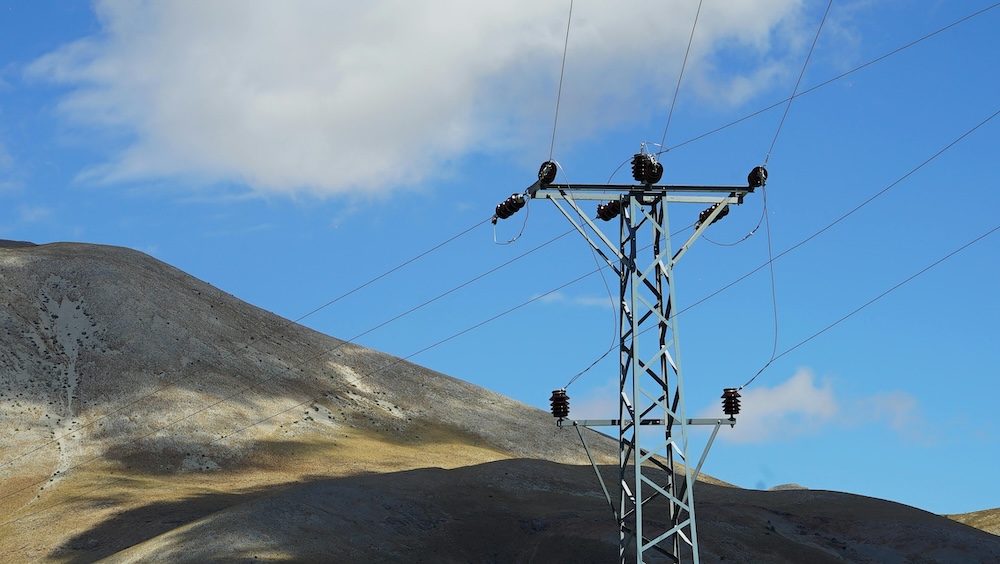Knowledge learning丨The difference between DC resistance and insulation resistance and their testing methods

Insulation resistance testers can help many power workers conduct various types of
power tests more conveniently. So what is the difference between DC resistance and
insulation resistance? What are the differences in their testing methods?
1. DC resistance
DC resistance is the inherent static resistance of a conductor. The resistance imposed
on an object byapplying a certain amount of DC current to the object. The resistance
is calculated according to Ohm's law.
This resistance is called DC resistance, and the unit is ohms (Ω). For example, DC
resistancecan be used to measure the coil resistance of a transformer,the windings
of a transformer, the DC resistance of wires,etc.
The purpose of measuring DC resistance is to check the quality of windings or coils
and the integrity of thecircuits of electrical equipment such as transformers and
motors, so as to find out the causes of wire breakage, joint welding, contact, etc.
caused by mechanical stress. Vibration during manufacturing or operation.
In addition, when the transformer is performing a temperature rise tesit is also
necessary to convert the temperature value under the corresponding load based on the
DC resistance value under different loads.
2. Insulation resistance
Compared with DC resistance, insulation resistance has more uses. In power systems,
insulation resistance is everywhere.
Insulation resistance is used to measure the resistance value of the insulation strength
of equipment such as large transformers, transformers, generators, high-voltage
motors, power capacitors, power cables, and lightning arresters.
The purpose of measuring insulation resistance is to find defects such as foreign
objects that affect the insulation of the conductive parts of electrical equipment,
moisture and dirt in local or entire insulation, severe deterioration of insulating oil,
insulation breakdown and severe thermal aging.
The purpose of measuring the insulation resistance of the transformer is to check the
integrity of the winding insulation. The better the insulation,the smaller the leakage
current, and the better the operating performance and safety.
Since the insulation resistance is very high, an insulation resistance tester witha higher
voltage level is generally used to measure the insulation resistance.
3. The difference between DC resistance and insulation resistance
Both DC resistance and insulation resistance are based on Ohm's law. DC resistance
is used to solve the measurement of inductive load resistance. Insulation resistance
is a special tool to determine the degree of insulation.
Judging from the measurement results of the two resistors, the smaller the DC
resistance, the better the insulation resistance, and the larger the insulation resistance,
the better. The necessary connection between the two is to create two different test
functions using the same measurement principle.
4. Differences in testing methods
DC resistance is measured by bridge method and current method. The measurement
range of the bridgmethod is relatively narrow. It is divided into single-arm bridge
method and double-arm bridge method.
When the resistance value of wires and cables is 1 or above, the single-arm bridge
connection method is used; when the resistance value is less than 1,the double-arm
bridge method is used. The principle of the current method is to use a constant
current source to output different constant currents according to the resistance
values of wires and cables.
Insulation resistance testing generally uses the voltage and current method. For the
insulation resistance measurement of wires and cables with metal sheaths, most of
them measure the insulation resistancebetween the conductor and the shielding layer;
for wires and cables without metal sheaths, whenmeasuring the insulation resistance
value, the wires and cables under test must be immersed in water. , andthen measure
the insulation resistance between the conductor and the water.
Specializing in insulation resistance testers, Wrindu presents the RD3215E Insulation Resistance Tester, an exemplary high-performance model tailored for testing insulation resistance in large-capacity, high-voltage equipment, and substations. Boasting a user-friendly touch screen, this Insulation Resistance Meter guarantees clear data visibility and straightforward operation, proving indispensable across diverse industries
such as power, telecommunications, and industrial maintenance.




